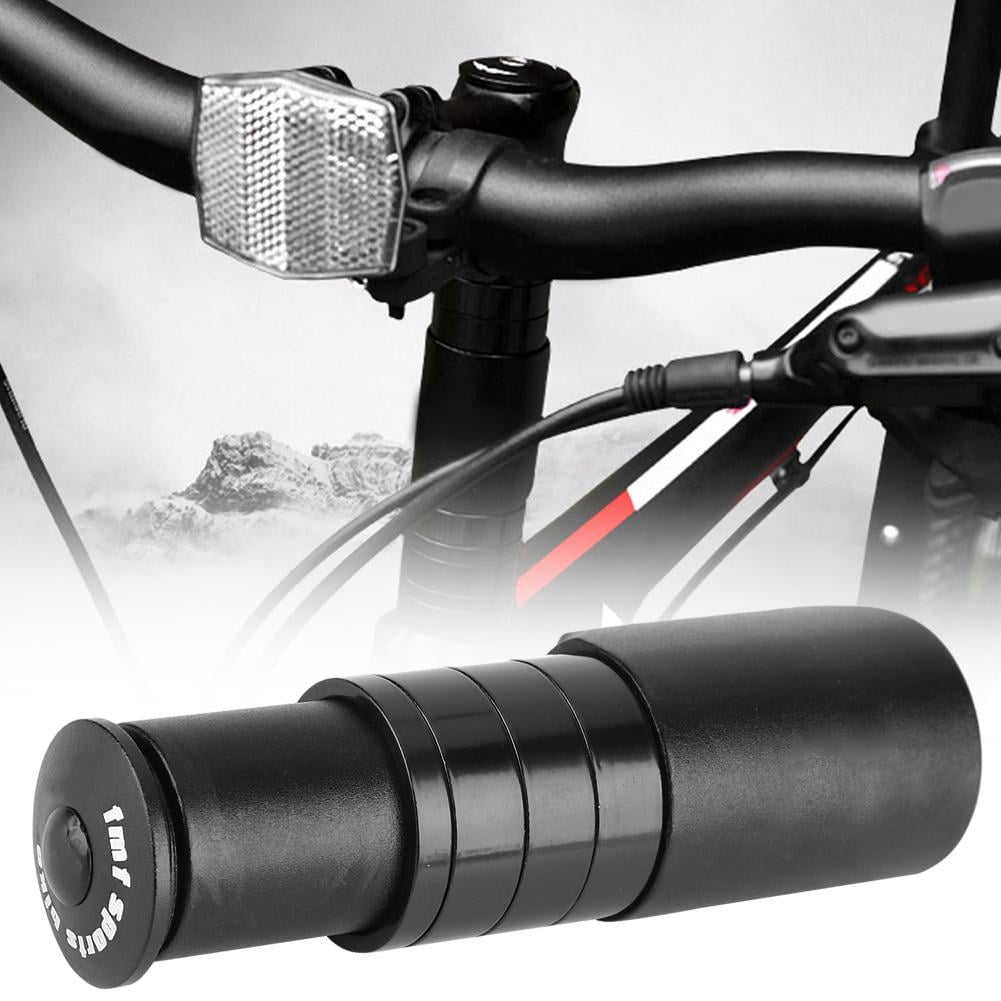


The quill stem fits down into the inside of the top of steerer tube and is held in place by either a wedge-shaped nut and bolt or a cone-shaped expander nut and bolt. The quill stem requires the threaded steerer tube of the fork to extend up through the headset but not protrude beyond it. However, they remain standard on the majority of utility bikes, regardless of price, as well as on less expensive sport bikes and higher-end retro bikes. The older of the two handlebar stem styles, quill types have been largely displaced as the industry standard on sport bikes. Quill stems showing wedge-shaped (on left) and cone-shaped (on right) expander nuts. Unthreaded forks often require less labor to swap than threaded forks. The steerer tubes are then cut to length to fit upon installation. With the advent of threadless stems, manufacturers no longer need to provide a range of threaded forks for a given model all threadless system forks are made with the same length steerer tube (long). Quill systems predate threadless systems. Threadless systems use an unthreaded steerer tube, which extends into the stem and may be cut to length as desired in order to accommodate the height of the headset, head tube, stem and any spacers used to adjust the handlebar height. Quill stems require a steerer tube of the same length as the headset and head tube combined and thus must be matched to the specific bicycle model. Although stems are commonly referred to as being of either the quill or threaded type, the thread in question is the one on the fork steerer tube.


 0 kommentar(er)
0 kommentar(er)
